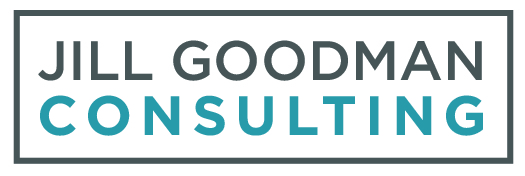Pruning Your Organization
In the wake of the pandemic, I have seen some schools with huge enrollment increases and some still struggling to reach optimal enrollment numbers. Some of my clients are managing the boom, and some are just managing. For the ones trying to grow enrollment, or reduce attrition, I listen to their concerns about finances, retaining every student, keeping every teacher, an unwillingness to change their program, and a sense of clinging to all that is there. All the while, they are hoping for a better outcome if they can just spread the word of their hidden gem of a school.
Patrick Lencioni is the author of the now iconic business book, The Five Dysfunctions of a Team, and host of the podcast, At the Table. In a recent episode titled, Hurts So Good, he and his team discuss the necessity of pruning to encourage future growth and build a healthier organization. A master gardener considers each plant in the garden in relation to the whole, considers what each needs for future health and vitality, and makes painful but necessary cuts, transplants, and changes where required. So is the case with healthy organizations. I have seen evidence of this approach taken by some school leaders, and I am impressed with the guts and vision those leaders have to prune parts of their schools to ensure survival.
In my conversation with a school leader on the west coast, he shared an incredible example of pruning. About six years ago, his K-8 day school had an enrollment of 300 students and a tuition point of $25k, the highest of his peer schools. Half of the families received financial aid, and about 50 paid less than $5k a year to send a student to his school. The school was not financially sustainable. He brought a bold strategy to his board: cut tuition by $10k, and the maximum award for financial aid would now be $3k. No one at the school would pay less than $12k in tuition.
The board initially pushed back by saying they would lose students and deplete their dwindling reserves. Also, cutting aid felt less inclusive than they thought the school should be. The Head, acknowledging that his plan was controversial, modeled the finances and explained how the system would work. Knowing there would be an initial reduction in student population and having a good idea of where the attrition would be, he anticipated reducing his faculty as well. He knew it would be hard. Some were veteran faculty members, fixtures of the school, and beloved by their colleagues. He let faculty members go who were unwilling or unable to move forward with several pedagogical and communication initiatives he had wanted to implement to serve students and families better.
In the first year, they lost almost 100 students, and he let six faculty or staff members go, which barely changed the bottom line. In the next two years, the school grew by 250 students. How did it happen? The Head, understanding his community and armed with vital enrollment data, knew that some families inquired but did not apply because they did not want to apply for financial aid. It was a point of pride. He believed that by lowering the tuition, he would eliminate a barrier to application for many families.
Now able to afford the tuition, families flocked to the school that they always wanted their students to attend but were, as the Head suspected, philosophically uncomfortable with receiving aid. Families stayed at the school because they received an excellent education coupled with the communications initiatives the Head implemented. These new measures ensured that parents understood exactly how their child was progressing and were done so with intentional collaboration between parents, administration, and teachers. Positive word-of-mouth drove the enrollment increase and retention.
Schools are human-centered places, and when we talk about pruning, we talk about people or programs we value and love. It's painfully difficult to acknowledge that these may no longer serve the school's mission, vision, or philosophy in the best way possible.
Gather your enrollment, financial, and community data to help you and your leadership team decide what to prune, what to transplant, and what to nurture to be the best version of your school that it can be.
The author, Jill Goodman, is a consultant working with independent school leaders to advance their school’s mission, enhance their processes, and bolster their skills. Learn more about all services here.



